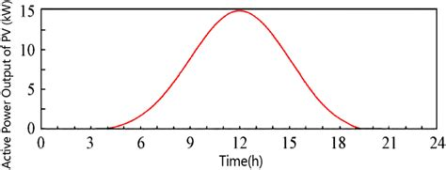Visionguild
New Member
- Joined
- Oct 15, 2021
- Messages
- 95
I posted earlier about trying to use two growatts with two signature solar batteries to charge my tesla like Will does. If I run them in split phase for 220 I can't use them for anything else correct? This is the mistake I think I have made. I was hoping this set up would serve all my power needs. Now I'm under the impression that what I have can either do the car, or I set them up in parallel for 110 power but then will have a really slow charge for my car. I see a video about a guy running two in parallel split phase, but he doesn't say whether he's outputting 110 or 220. I thought parallel meant 110 and split phase was 220. Not the case? Bummed to think I might have to buy two more growatts and two more batteries, several more thousands of dollars and more waiting in order to do what I need. Or... will one of these Quick 220 inverters work? Sorry to be so confused. I guess I didn't realize what I was getting myself into. Will makes it look too easy. Thanks for any help!!
Last edited:





